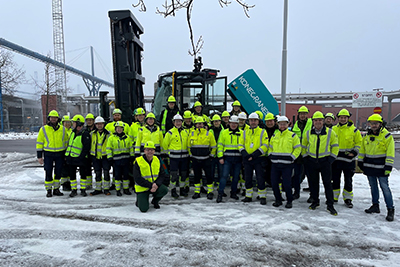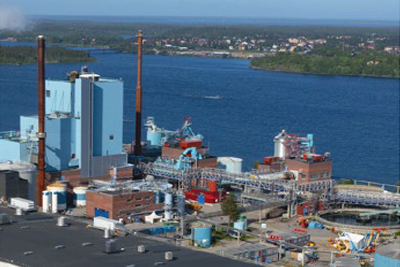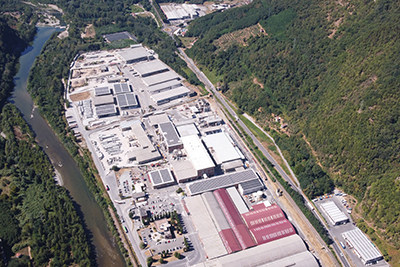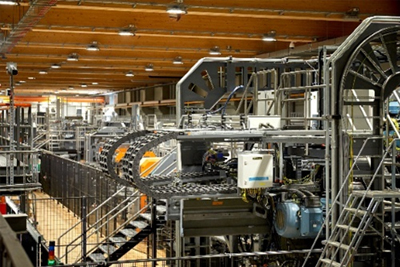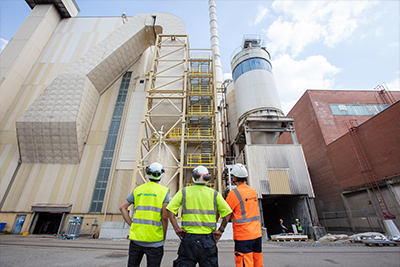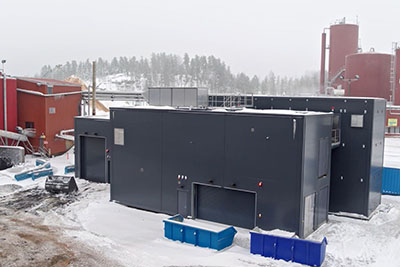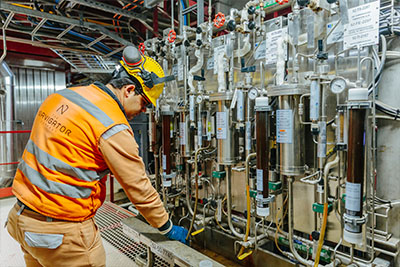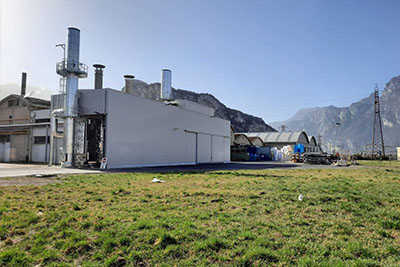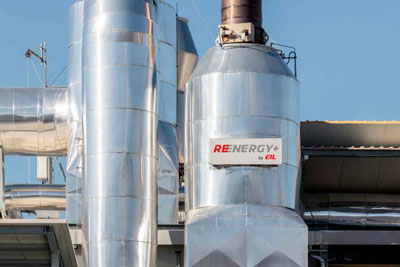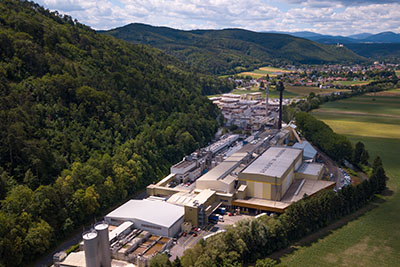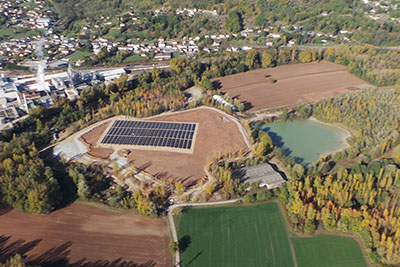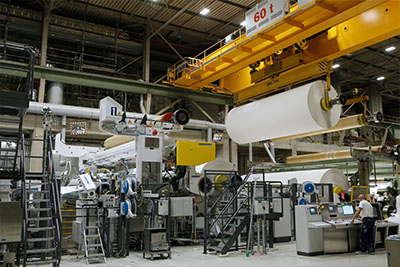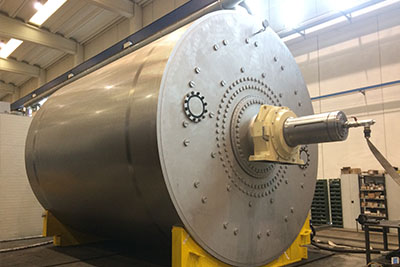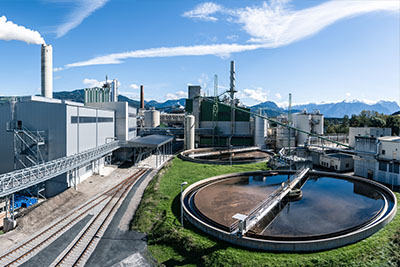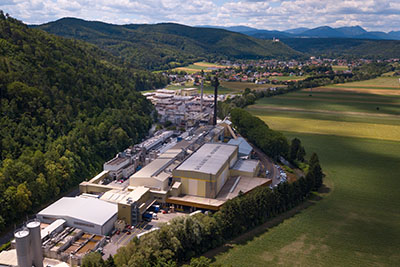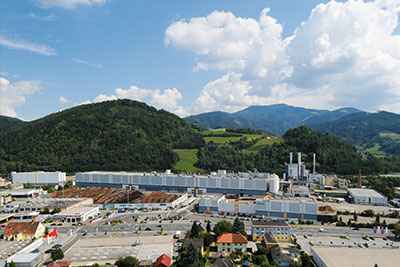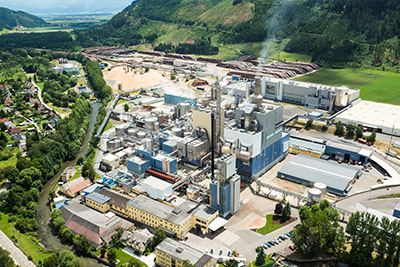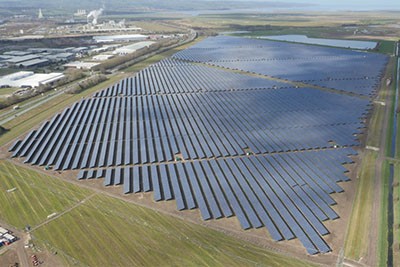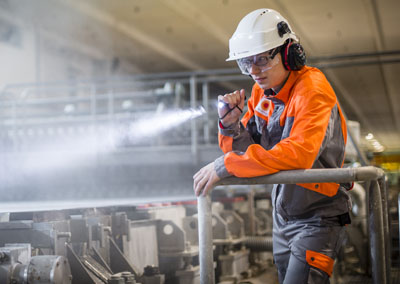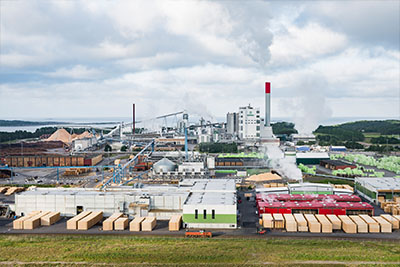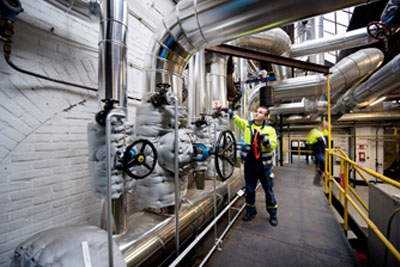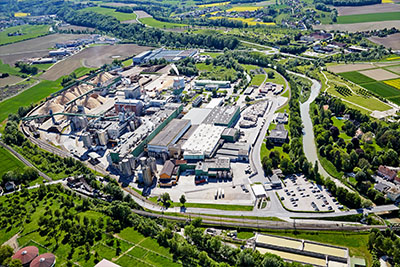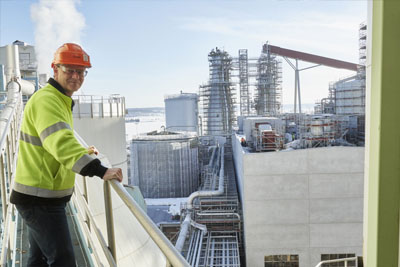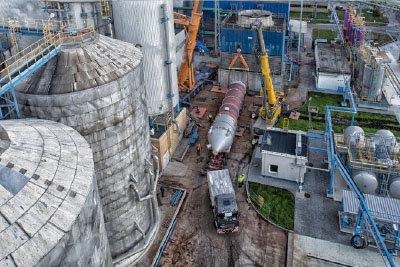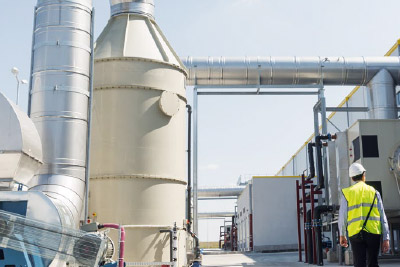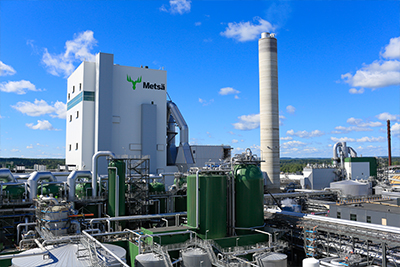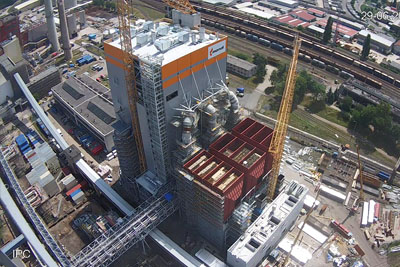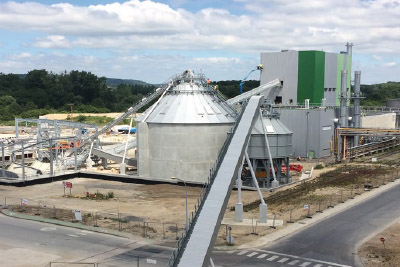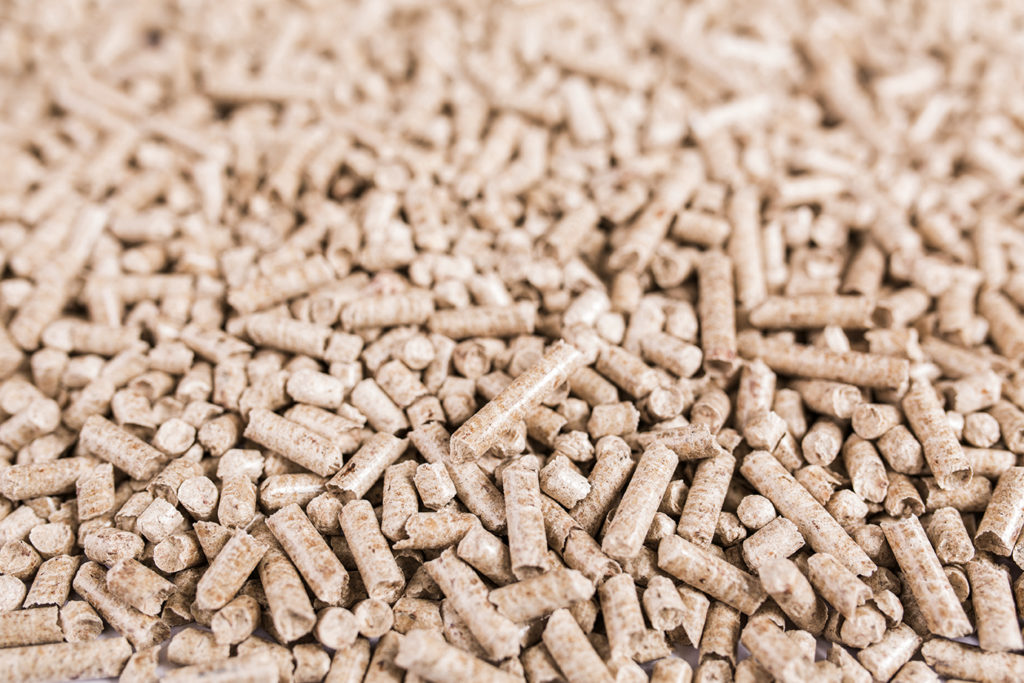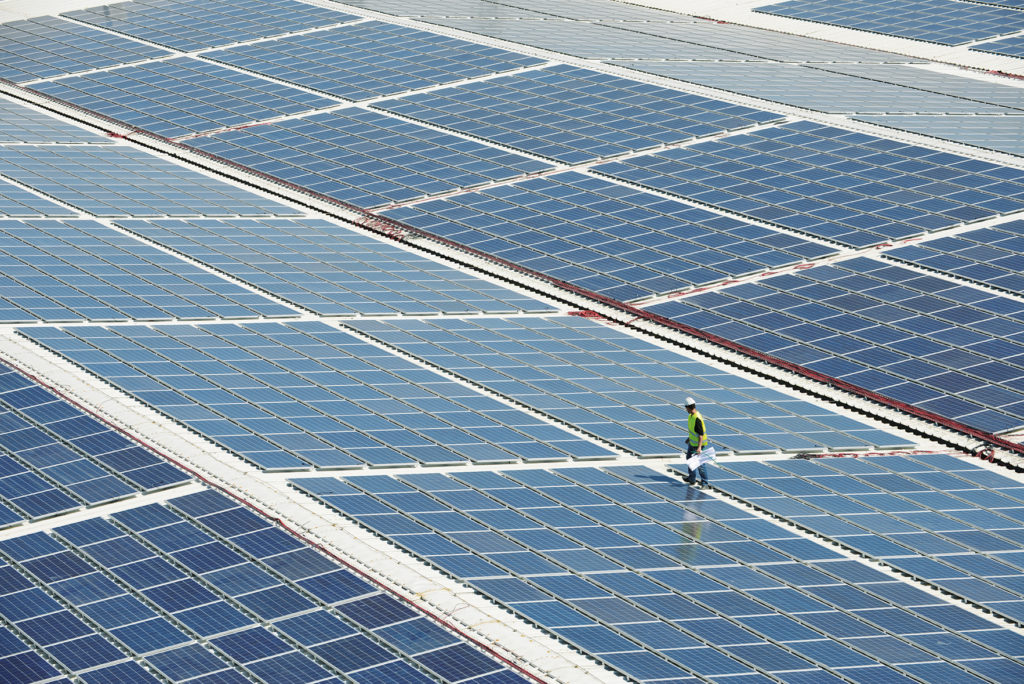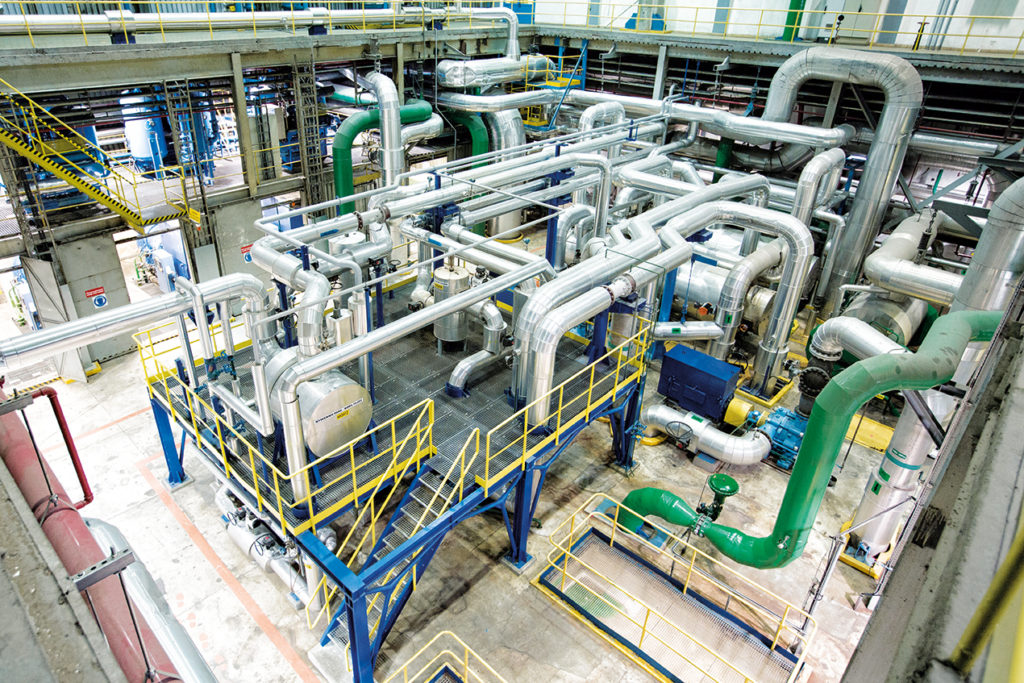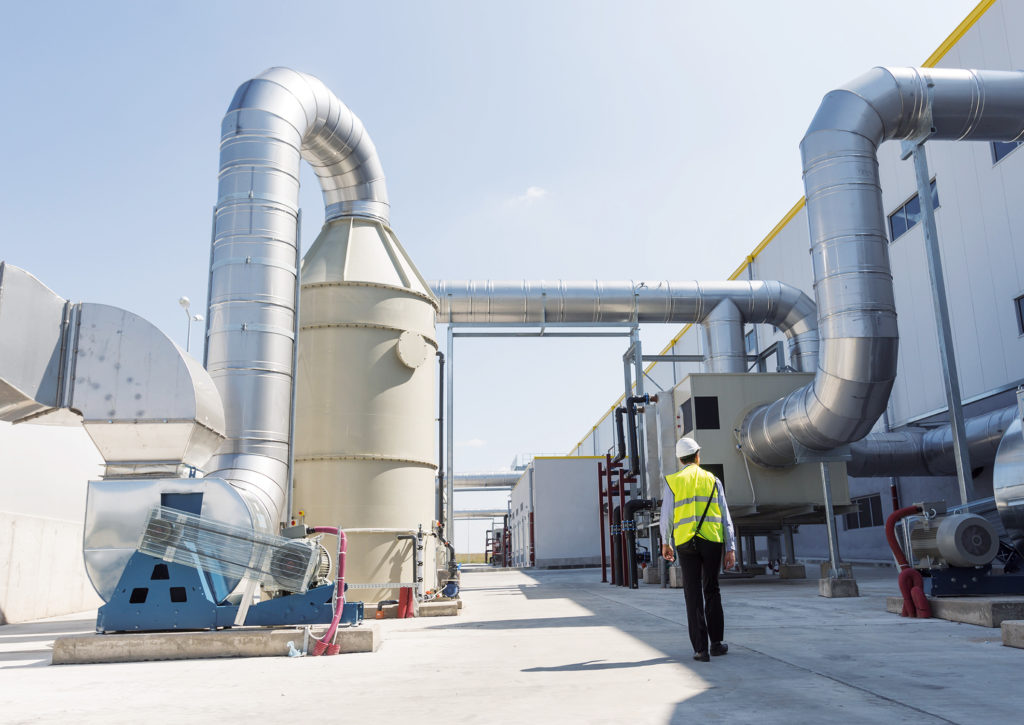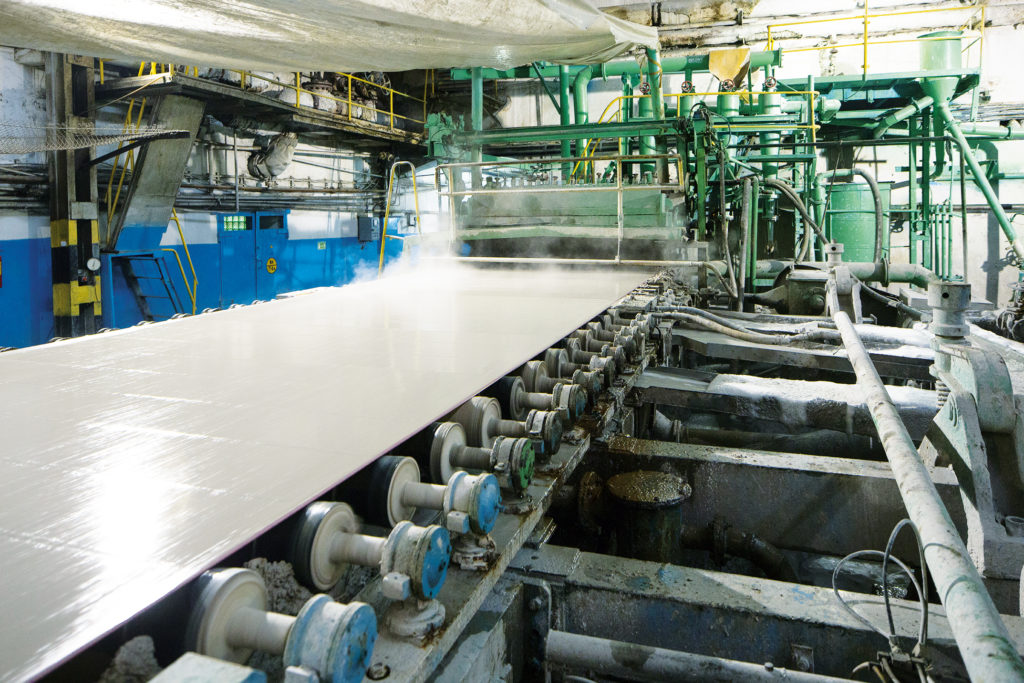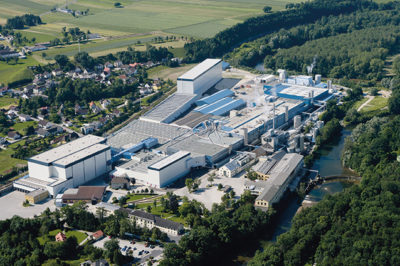Project description
As part of Arctic Paper Group’s 4P strategy for 2030, the energy part has taken centre stage. Investments in renewable energy, including solar power, are important for ensuring sustainable energy self-sufficiency and enabling Arctic Paper to produce and trade energy surplus.
At Arctic Paper Kostrzyn, solar expansion is ongoing. In 2021, the mill launched a 0.9 MW pilot photovoltaic (PV) farm, generating 0.2 GWh of green energy. Its success paved the way for further expansion to a larger and more efficient solar farm. By early 2025, the Kostrzyn mill’s solar capacity reached 18 MW, with an additional 10 MW planned by mid-2025.
The implemented solution
• Climatic factors such as sunshine and cloud cover (panels generate electricity even under diffuse radiation) were analysed between 2018 and 2022 to account for yearly variations,
• Economic and financial comparison of alternative solutions, considering annual renewable electricity (MWh), investment costs, operating expenses, revenue, and Dynamic Generation Cost (DGC) analysis,
• Sensitivity analysis assessing the impact of risk factors (for example, investment costs, natural gas price, CO2 ETS allowance price, and electricity price) on project performance and the company’s financial sustainability.
The key hurdles solved
MAZEL SA prepared all required documentation and obtained the necessary permits for constructing a photovoltaic installation. During project preparation, component costs, such as panels, were carefully considered.
Key Suppliers / Partners
MAZEL SA, provider of renewable energy solutions.


















